
Digital Printing Process for Microfiber Cleaning Cloths
Release time:2025-04-25
1. Fabric Preparation
•Selection and Inspection: Choose high-quality microfiber cleaning cloth suitable for digital printing. Ensure the fabric is free from defects and contaminants.
•Pre-Treatment: Pre-treat the microfiber cleaning cloth to enhance ink absorption and color fastness. This often involves applying a chemical solution that helps the ink adhere better to the fabric. The pre-treated cloth is then dried.
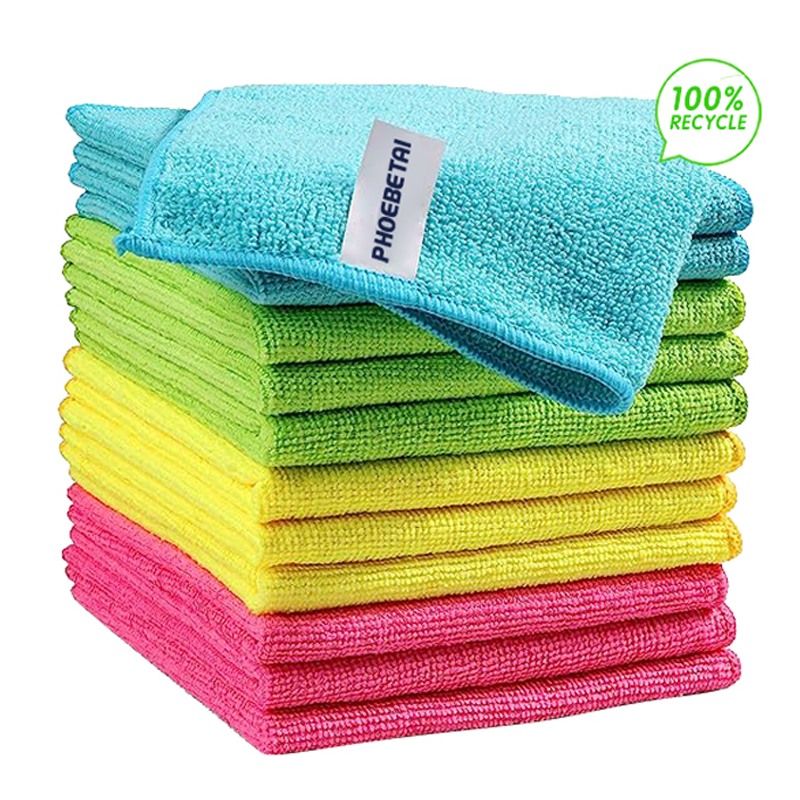
2. Design Creation
•Artwork Design: Create or obtain the design you want to print using graphic design software like Adobe Illustrator or Photoshop. Ensure the design is in a high-resolution format (typically 300 DPI or higher) to achieve sharp prints.
•Color Separation: Prepare the design for digital printing by ensuring all colors are correctly separated and matched to the printer's color profile. This step may involve converting the design to CMYK if it isn't already.
3. Printing Setup
•Printer Calibration: Calibrate the digital textile printer to ensure accurate color reproduction and optimal print quality. This includes adjusting settings such as ink density, drying temperature, and print speed.
•Load Fabric: Carefully load the pre-treated microfiber cleaning cloth onto the printer's feed system. Ensure the fabric is smooth and free of wrinkles to avoid print imperfections.
4. Digital Printing
•Ink Selection: Use water-based or eco-solvent inks specifically designed for digital textile printing. These inks provide vibrant colors and excellent wash-fastness.
•Print Execution: Send the design file to the digital printer. The printer will spray tiny droplets of ink onto the fabric, reproducing the design with high precision. Ensure the printer is set to the correct resolution and color mode for the best results.
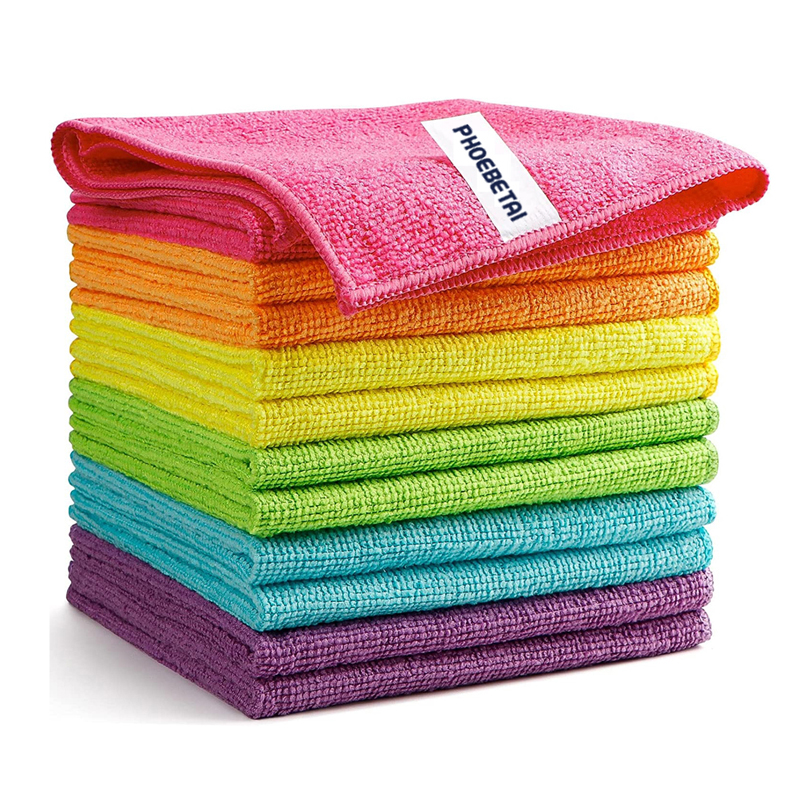
5. Post-Printing Treatment
•Fixation: After printing, the microfiber cleaning cloth needs to undergo a fixation process to set the ink permanently. This can be done through heat setting (using a heat press or industrial dryer) or steaming. The fixation process ensures the colors are durable and do not fade easily.
•Washing: Wash the printed cloth to remove any excess ink and pre-treatment chemicals. This step also helps to improve the softness and feel of the cloth. Use a mild detergent and cold water to prevent damage to the print.
6. Drying and Finishing
•Drying: Dry the washed cloth thoroughly using an industrial dryer or air drying method. Ensure the cloth is completely dry to prevent any mold or mildew growth.
•Ironing (Optional): Iron the cloth if needed to remove wrinkles and give it a professional finish. Use a low heat setting to avoid damaging the print.
•Cutting and Hemming: Cut the printed cloth into the desired dimensions. Hem the edges to prevent fraying. This can be done manually or using automated cutting and hemming machines.
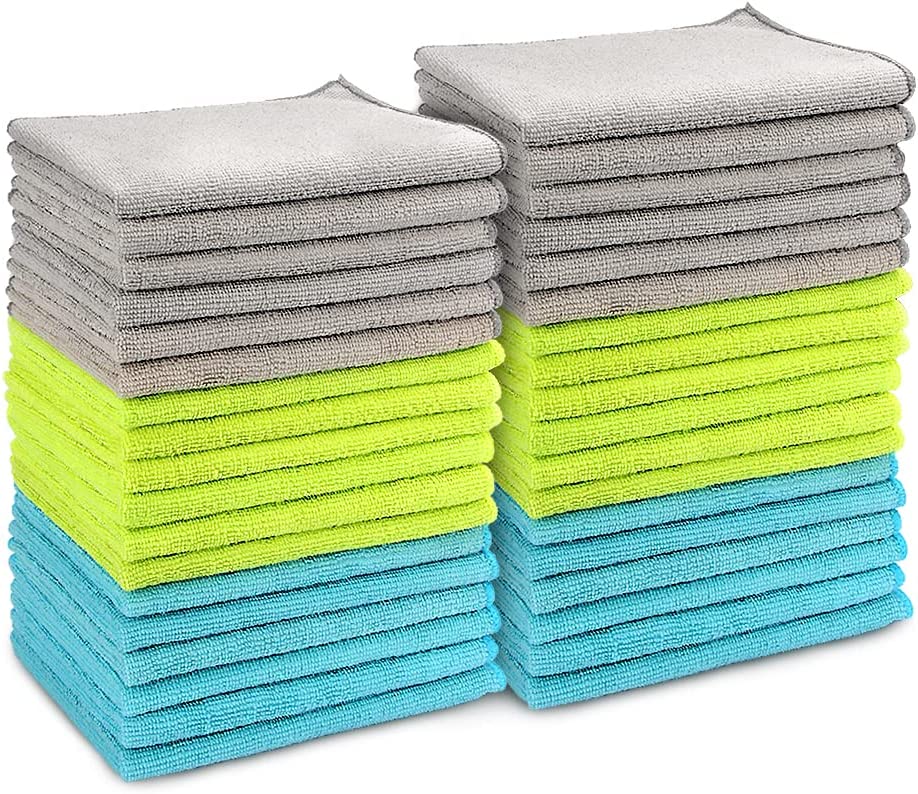
7. Inspection and Packaging
•Quality Control: Inspect the finished microfiber cleaning cloths for print quality, color accuracy, and overall appearance. Ensure there are no defects such as misprints, color bleeding, or uneven edges.
•Packaging: Package the cloths in protective materials to maintain their cleanliness and shape during shipping. Include labels with product information, care instructions, and branding details.
8. Storage and Distribution
•Storage: Store the packaged microfiber cleaning cloths in a clean, dry environment to preserve their quality.
•Distribution: Ship the products to distributors, retailers, or directly to customers. Efficient logistics ensure timely delivery and customer satisfaction.
Advantages of Digital Printing on Microfiber Cleaning Cloths
•High-Quality Prints: Produces vibrant, detailed prints with excellent color accuracy.
•Customization: Allows for easy customization of designs, making it ideal for small batch productions and personalized items.
•Eco-Friendly: Uses less water and energy compared to traditional printing methods, reducing environmental impact.
•Quick Turnaround: Enables faster production times, especially beneficial for short-run orders and rapid prototyping.
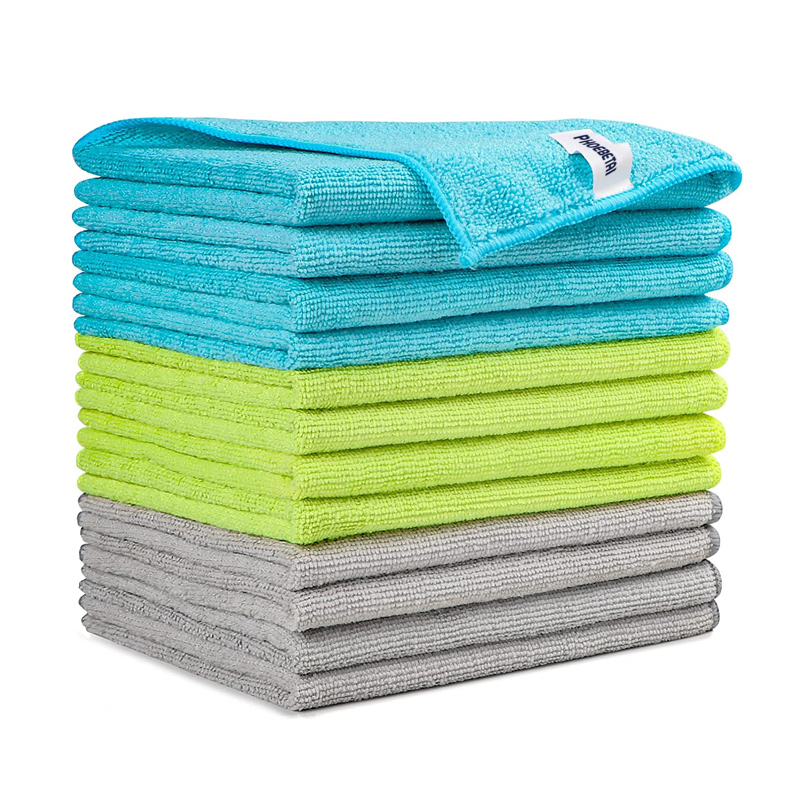
By following these steps, manufacturers can produce high-quality, digitally printed microfiber cleaning cloths that meet the aesthetic and functional needs of consumers.Feel free to adjust the details to better suit your specific manufacturing process or product specifications.
Hot products
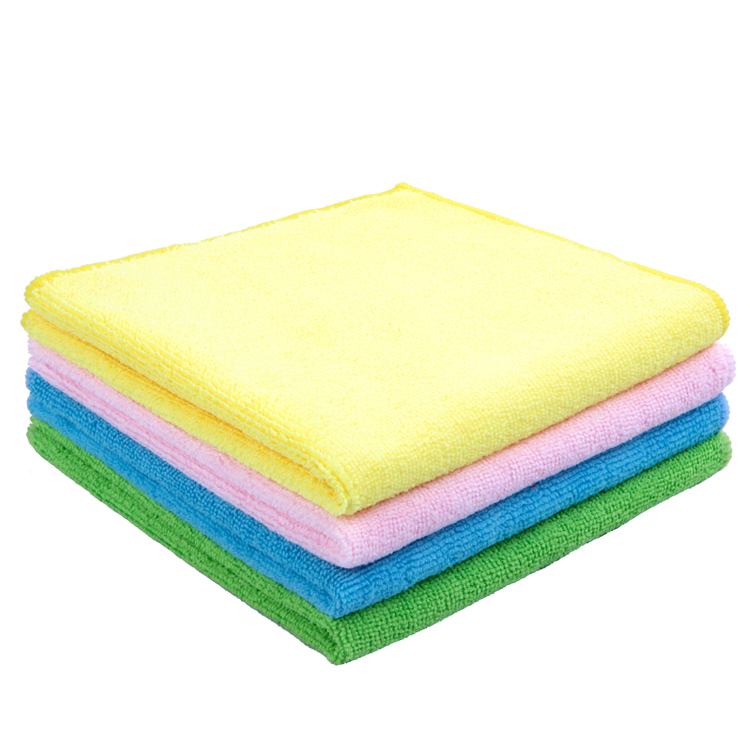
Wholesale Kitchen Cleaning Mic...
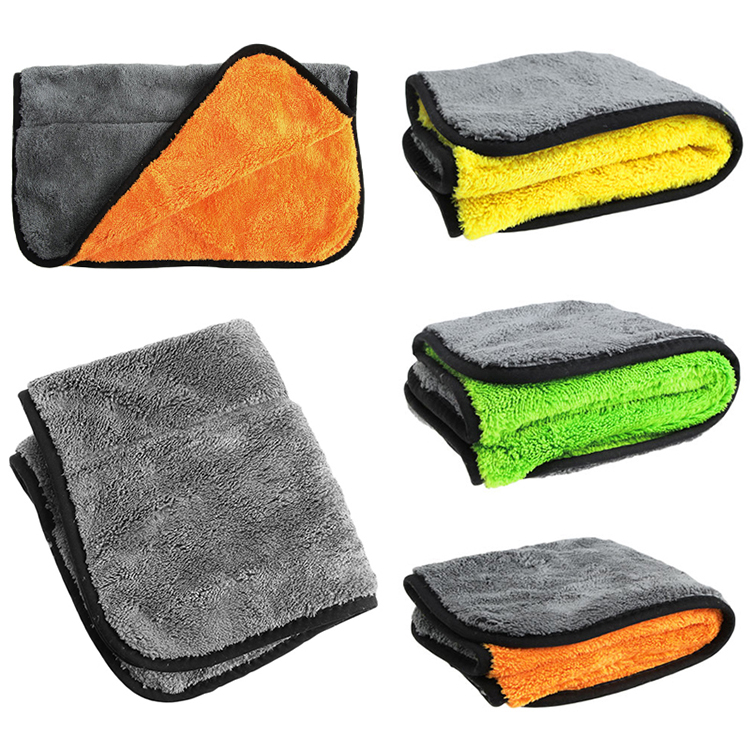
Wholesale OEM double sided mic...
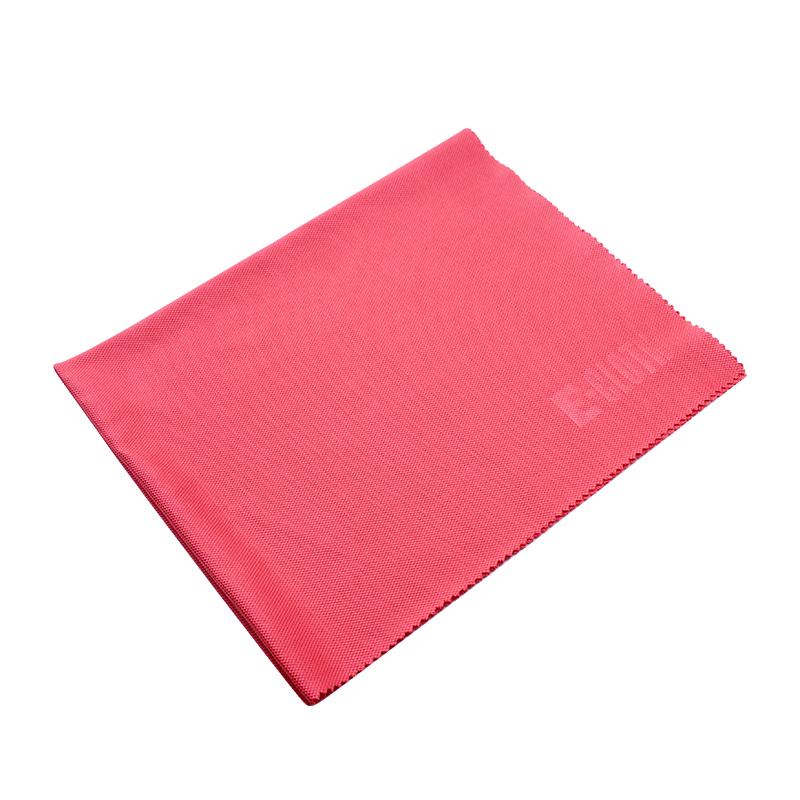
micro fiber glasses cleaning c...

Edgeless Super Soft Towel
Tel:+86-411-39735761
E-mail:marketing@phoebetai.com
